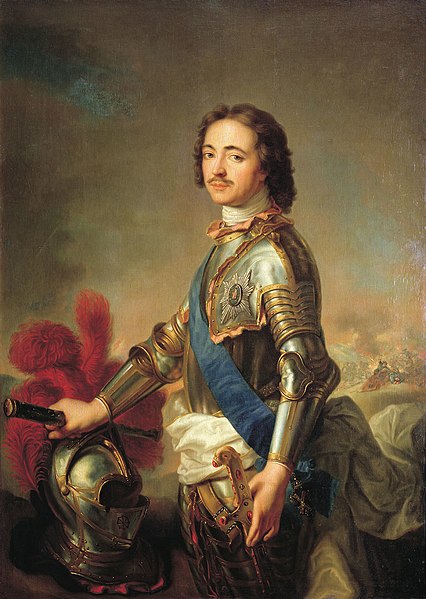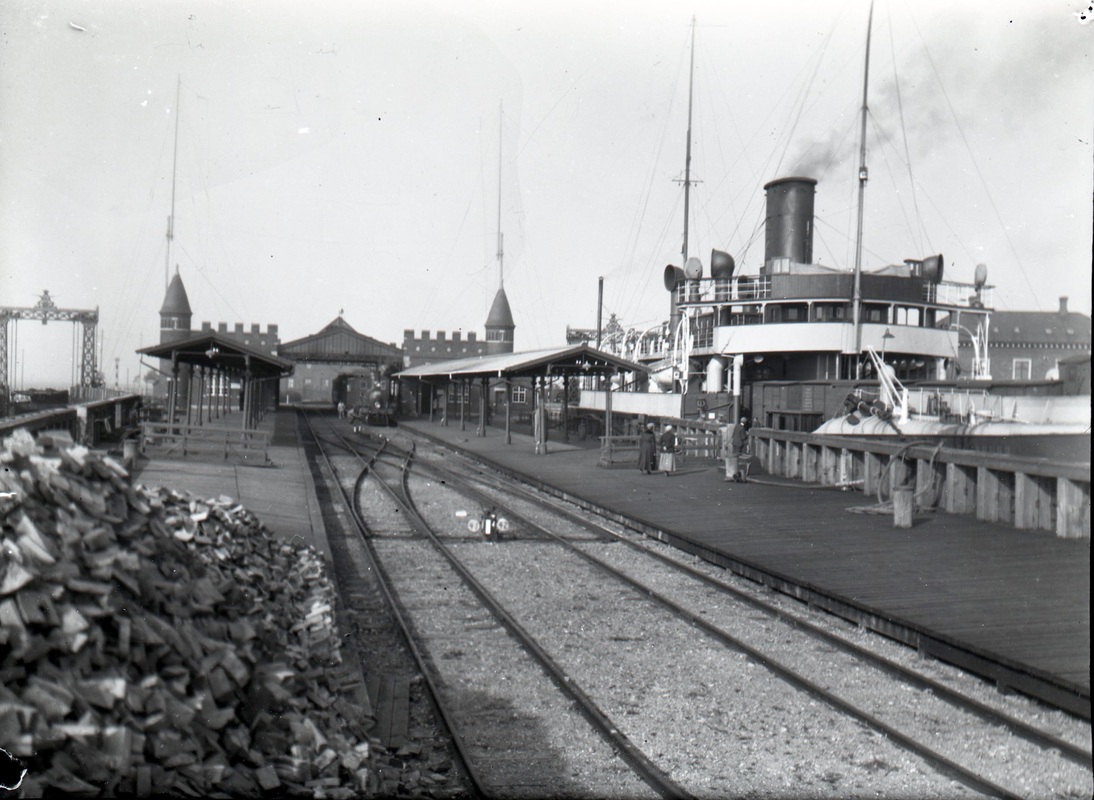Our Story
From Ice Age to the Present
The Southsea House means a lot to us. Our grandmother and grandfather built it in 2006 and we have many fond memories from here. Our great-great-grandmother on our mother's side was born in Gedesby, this side of our family lived in Gedesby and the surrounding villages for more than 300 years. Among her direct ancestors is a parish executive officer and innkeeper of the Royal Privileged inn who had to give up his bed to the Russian Tsar Peter the Great when he sailed to Gedesby in 1716. The inn is no longer, but today you can experience the idyll of Gedesby with its half-timbered houses and thatched roofs. We hope that you and your family also have wonderful and meaningful memories in Gedesby Strand.
-
0000
Ice age
During the ice age, about 12,000 years ago, a wall of clay, sand and gravel is created where "Gammel Landevej" runs today.
-
1135
Gedesby
First time Gedesby is mentioned in written sources. Land from Gedesby is bestowed to St. Peters monastery in Næstved.
-
14 July 1716
Tsar Peter the Great

Tsar Peter the Great, Emperor of Russia, arrives at Gedesby Inn late at night. He throws the innkeeper, Jens Pedersen, and his wife out of their bed so he can sleep in it. Jens Pedersen and his wife are our 8th great grandparents. Next day the Tsar heads to Nykøbing Falster where he eats in what later became known as "Czarens Hus" (House of the Tsar) before eventually ending up in Copenhagen for meetings with the Danish king. -
13 April 1729
The innkeeper, Jens Pedersen dies
Jens Pedersen, our 8th great grandfather and the innkeeper who hosted Tsar Peter the Great dies. The text in the parish register reads: "Onsdagen d 13 Aprilis Er Jens Pedersen Sogne Foged og Gast geber der sammesteds begrafven og er nedsat i Kirchen" or "Wednesday the 13 April Jens Pedersen, Mayor and Innkeeper buried and lowered in the church".

-
02 February 1862
Ane Olsen
Our great-great-grandmother is born in Gedesby. She is the last of our direct ancestors to be born in Gedesby.

-
13 November 1872
Stormflood

A stormflood from the east overwhelms the dikes and parts of Lolland, Falster and South Zealand are flooded. 80 drown, of those, 20 are from Gedesby. A stone showing the waterlevel can be seen at Gedesby church. A small coffin is still in the loft of the church in Gedesby. For many years it was thought the coffin was for a child whose body was never found. It turns out she was buried in another parish.
We hardly know anything about how it affected our ancestors. One source shows that the brother of our great-great-grandmother gets some compensation because of damage to his farm caused by the flood. -
01 July 1886
Gedser
A railway line from Nykøbing Falster to newly created Gedser with a ferry port and ferries to Germany is completed. Later (in 1903) train connection between Copenhagen and Berlin via Gedser is established.
 Picture of Gedser station and ferry from the 1910s
Picture of Gedser station and ferry from the 1910s -
17 July 1891
Wedding
Ane Olsen marries Niels Peder Toxværd, our great-great-grandfather, who was born in the neighbouring village Skelby. They move to Copenhagen.

-
1906
First Summer Guest Houses

The first summer guest house is created 10 kilometers north of Gedesby. The original intention is to create an artists colony similar to the one that had arisen at Skagen. Instead of painters, it is mainly actors that visit. A great many other people visit, such as for example Franz Kafka in the summer 1914. -
1957
Gedser Wind Turbine

The experimental Gedser Wind Turbine (which is actually closer to Gedesby than Gedser), is built. Although it produced electricity with little maintenance for 10 years straight it was eventually stopped. In 1975 NASA (yes, the people that put man on the Moon) financed the restoration of it and a new test program was established. Its design and technology strongly influenced later developments and most of today’s wind turbines can trace aspects of their technology and design back to it. Today it is considered one of the most important Danish inventions from the second half of the 20th century. The tower still stands (and kan be seen almost straight ahead when leaving Gedesby and coming to the T-junction with Gedser Landevej), but the rest of the original wind turbine can now be seen at the Energy Museum in Jutland. -
2006
Southsea House is built
Our grandfather starts pouring the foundation of our holiday home.

-
2020